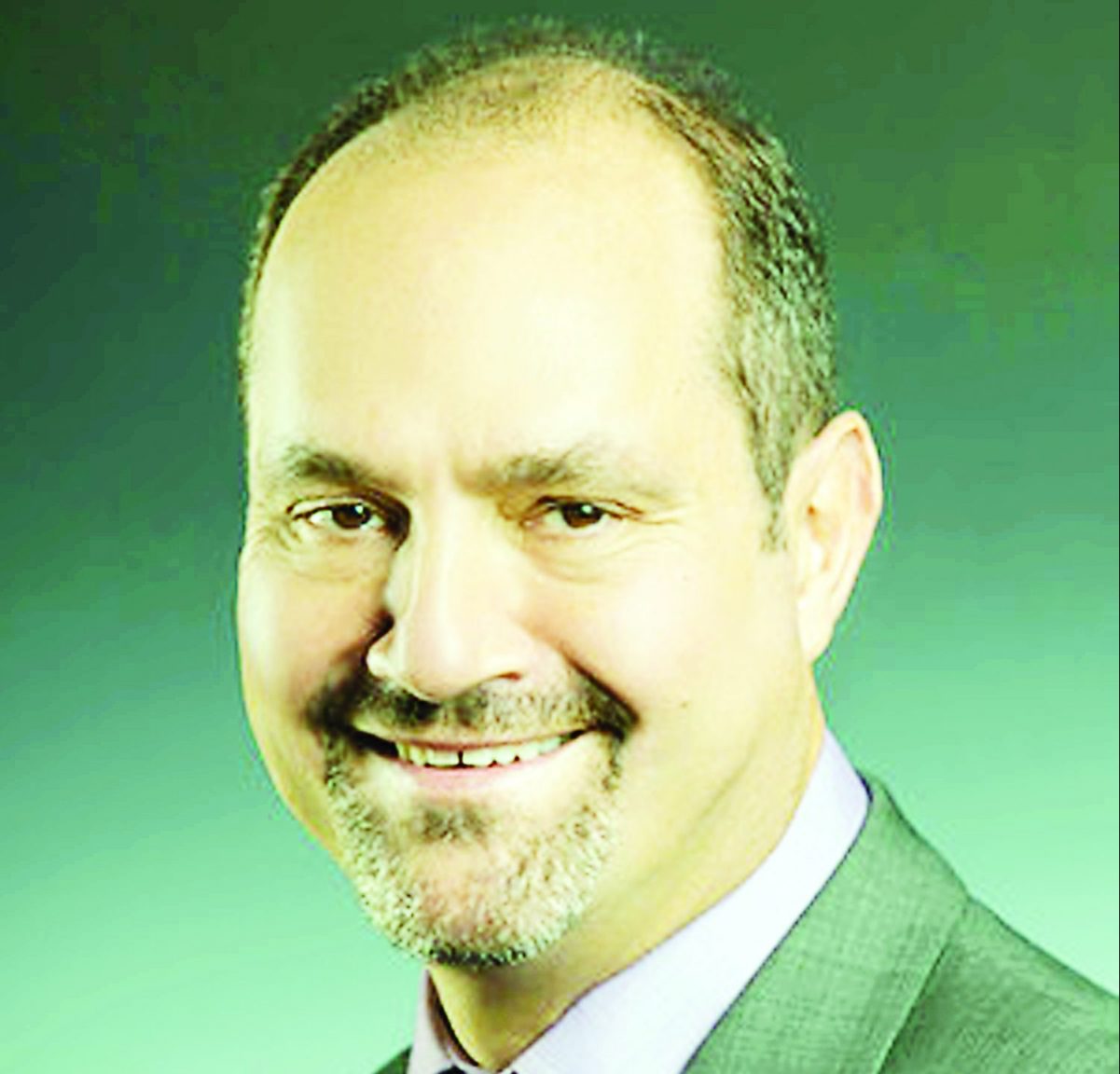click to dowload our latest edition
CLICK HERE TO SUBSCRIBE TO OUR NEWSLETTER


Published
4 years agoon
By
Jordan MosheA South African doctor in Chicago has made spinal surgery history through the use of futuristic technology.
King David alumnus, Dr Frank Phillips, used the technology for the first time when performing a complex spinal operation unlike any ever performed, effectively using x-ray vision.
With a focus on minimally invasive procedures, Phillips has been entrepreneurial about developing a number of spine procedures that have become widely adopted. He is also the founder of a number of successful start-up companies.
This led him to partner with Augmedics, an Israeli start-up which, six years ago, began developing xvision, a novel “spine visioning” technology. The company’s chief technology officer is Stuart Wolf, who also happens to be South African, and is the son of Jeffrey and the nephew of Elliot Wolf, the legendary twin brother former principals of King David schools.
“The technology involves the use of augmented reality to facilitate spinal surgery,” says Phillips. “It gives surgeons the ability to see a patient’s spine in three dimensions through the skin, similar to x-ray vision.”
Using a headset, a patient’s three-dimensional spinal anatomy and two-dimensional CT scan images are directly projected onto the surgeon’s retina and superimposed over the surgical field. This allows for unprecedent augmented visualisation of the patient’s spinal anatomy while placing surgical instruments through a 5mm incision.
Raised in Johannesburg, Phillips attended King David at primary and high schools before attaining a medical degree at the University of the Witwatersrand and emigrating to Chicago in 1987 with his wife, Denise Walt, a psychiatrist and a King David primary alumnus.
“I trained in orthopaedic surgery at University of Chicago Hospital, and did my spine training at Case Western University Hospital in Cleveland,” he told the SA Jewish Report. “I have been in practice as a spine surgeon in Chicago since 1995, and am also professor of orthopaedic surgery and the head of spine surgery at Rush University Medical Center in Chicago.”
It was at the Rush University’s Midwest Orthopaedics in Chicago that Phillips made history recently.
“I was fortunate to be the first surgeon to use the xvision technology for a minimally invasive spinal procedure. The procedure took place on 15 June on a patient who suffered from spinal instability requiring a lumbar fusion and spinal implants [screws and rods] which were placed using the augmented reality technology.”
The precision that the augmented reality visualisation provides allows surgeons to place minimally invasive spinal instrumentation extremely accurately and efficiently, Phillips says. This precision means that patients require less anaesthetic, and gives them other advantages.
“It reduces surgical time and complication risk, which are critical to improving outcomes for spinal surgery,” he says. “The Augmedics technology is also being developed for brain and cranial applications.”
This procedure differs considerably from traditional surgical navigation systems, which provide only 2D images of the spine, displayed on a monitor away from the surgical field.
“Augmedics provides both 2D and 3D heads-up images of the spine overlaid over the surgical field,” says Phillips. “We performed cadaver testing as part of the FDA [Food and Drug Administration] clearance, and the xvision system demonstrated a 98.9% overall accuracy in implant placement through the skin.
“It eliminates the attention shift of referring to a separate screen, and reduces the radiation exposure that occurs with traditional fluoroscopy-based [x-ray guided] procedures.”
The novel technology is also more cost-effective, Phillips says.
“Traditional 2D navigation systems are expensive, and have a large footprint in the operating room. In contrast, the Augmedics system requires only a headset and laptop with resulting significant cost savings.”
Using the xvision for minimally invasive spine surgery is game changing, he says. “Seeing the spine in 3D in front of you with the skin intact is a ‘wow’ moment with an immediate sense that augmented reality has the potential to take spine surgery to the next level.
“I believe the value this technology adds will result in it becoming an integral part of spine surgery. As with most of these novel technologies, initial commercialisation will focus on the United States and Europe, but with a robust spine community in South Africa, I would expect it to make its way there.”
